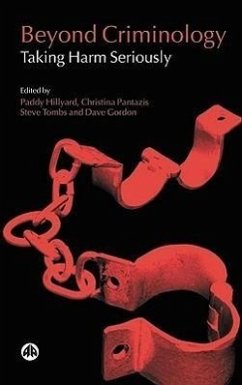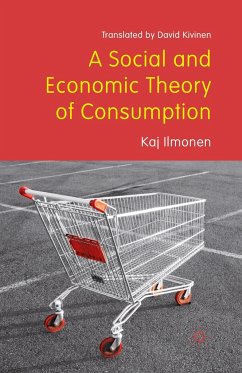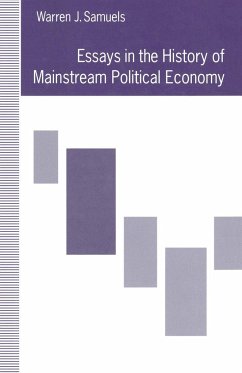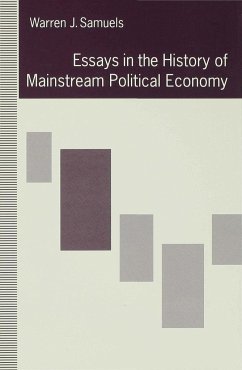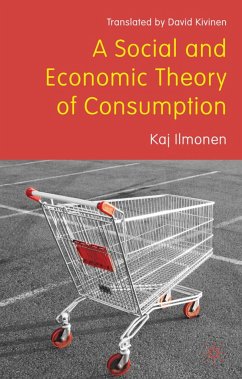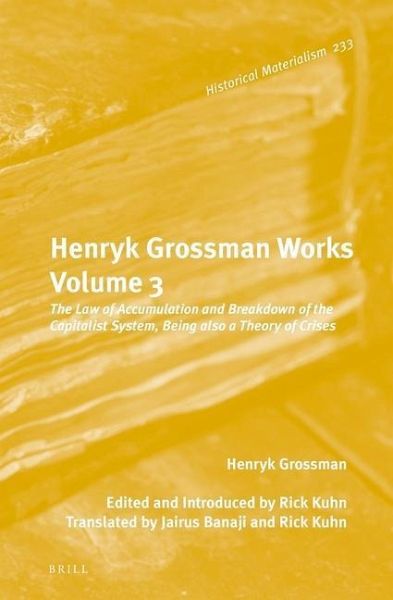
Henryk Grossman Works, Volume 3
The Law of Accumulation and Breakdown of the Capitalist System, Being Also a Theory of Crises
Herausgeber: Kuhn, Rick
Versandkostenfrei!
Versandfertig in über 4 Wochen
214,99 €
inkl. MwSt.
Weitere Ausgaben:

PAYBACK Punkte
107 °P sammeln!
Long awaited, the first full translation of Henryk Grossman's The Law of Accumulation and Breakdown of the Capitalist System, Being also a Theory of Crisis has been published in English. Grossman was the preeminent Marxist economist of the 20th century.





